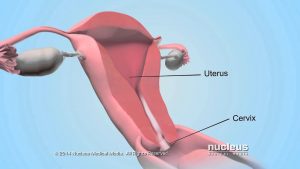(USMLE topics) Molecular basis of the sliding filament theory (skeletal muscle contraction) – the cross bridge cycle. This video is available for instant download licensing here : https://www.alilamedicalmedia.com/-/galleries/all-animations/bones-joints-and-muscles-videos/-/medias/79b11851-3cbe-4df2-921d-3c55818a6c83-muscle-contraction-the-cross-bridge-cycle-narrated-animation Voice by: Sue Stern ©Alila Medical Media. All rights reserved. Support us on Patreon and get FREE downloads and other great rewards: patreon.com/AlilaMedicalMedia Muscle contraction is at the basis of all skeletal movements. Skeletal muscles are composed of muscles fibers which in turn are made of repetitive functional units called sarcomeres. Each sarcomere contains many parallel, overlapping thin (actin) and thick (myosin) filaments. The muscle contracts when these filaments slide past each other, resulting in a shortening of the sarcomere and thus the muscle. This is known as the sliding filament theory. Cross-bridge cycling forms the molecular basis for this sliding movement. – Muscle contraction is initiated when muscle fibers are stimulated by a nerve impulse and calcium ions are released. – To trigger muscular contraction, the troponin units on the actin myofilaments are bound by calcium ions. The binding displaces tropomyosin along the myofilaments, which in turn (and) exposes the myosin binding sites. – At this stage, the head of each myosin unit is bound to an ADP and a phosphate molecule remaining from the previous muscular contraction. – Now, the myosin heads release these phosphates and bind to the actin myofilaments via the newly exposed myosin binding sites. – In this way, the actin and myosin myofilaments are cross-linked. – The two myofilaments glide past one another, propelled by a head-first movement of the myosin units powered by the chemical energy stored in their heads. As the units move, they release the ADP molecules bound to their heads. – The gliding motion is halted when ATP molecules bind to the myosin heads, thus severing the bonds between myosin and actin. – The ATP molecules bound to myosin are now decomposed into ADP and phosphate, with the energy released by this reaction stored in the myosin heads, ready to be used in the next cycle of movement. – Having been unbound from actin, the myosin heads resume their starting positions along the actin myofilament, and can now begin a new sequence of actin binding. – Thus, the presence of further calcium ions will trigger a new contraction cycle
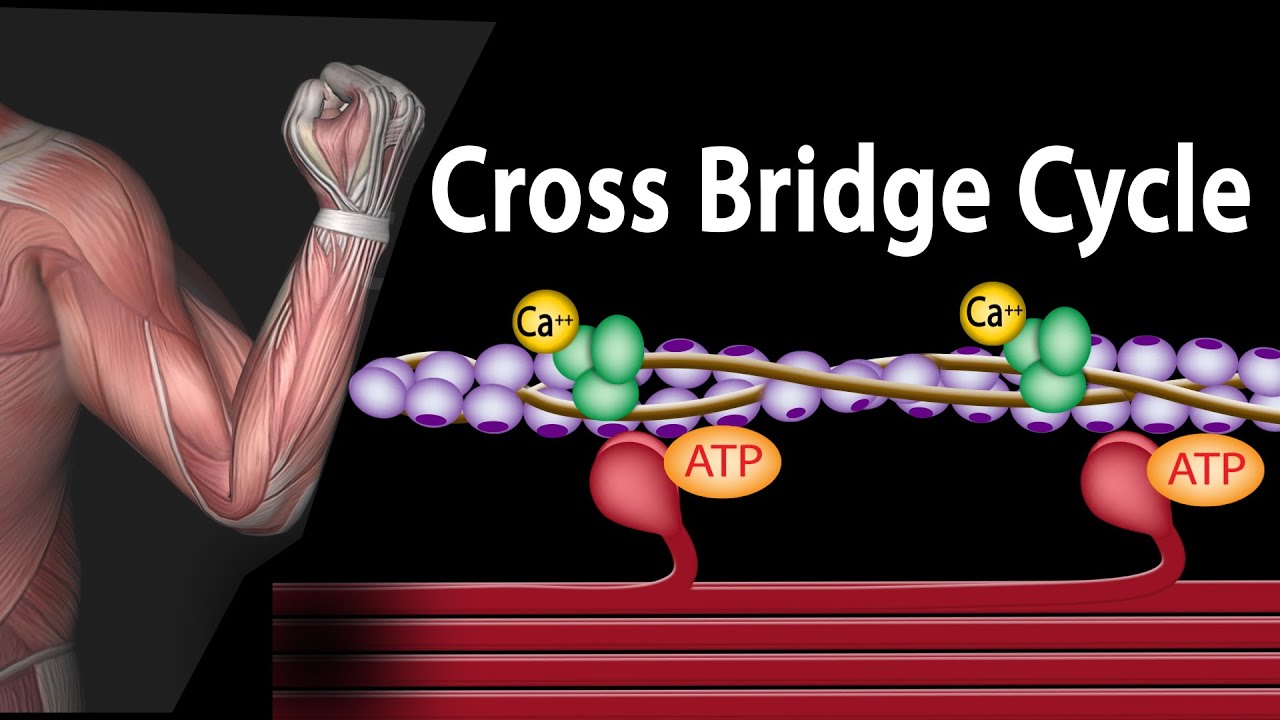
Muscle Contraction – Cross Bridge Cycle, Animation.
- Post author:
- Post published:June 16, 2021
- Post category:Uncategorized
- Post comments:0 Comments
You Might Also Like

My isotretinoin journey
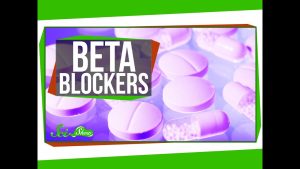
Why Can the Same Drug Treat Heart Attacks and Anxiety?
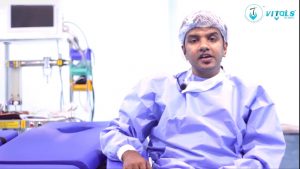
Biotin Supplements for Hair Growth – Dr. Harish Prasad B.R Bangalore | Hair Fall Treatment In india
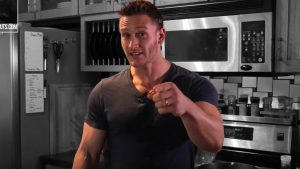
What To Eat Before And After Your Workout To Maximize Fat Loss – With Thomas DeLauer
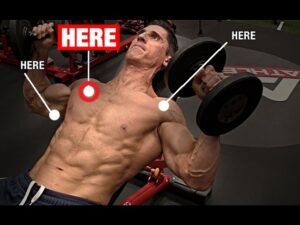
Dumbbell Bench Press (BETTER CHEST ACTIVATION!)

What makes tuberculosis (TB) the world’s most infectious killer? – Melvin Sanicas
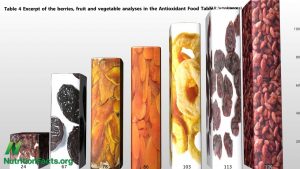
Better than goji berries
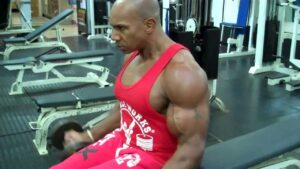
BICEPS – SEATED DUMBBELL CURLS with LEONARD St CYR

Laser Surgeries Video – 6

Taekwondo Video – 3

What is a Birth Injury? | Child Birth Injuries
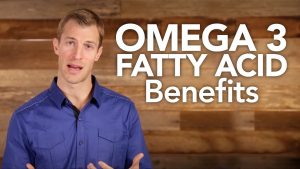
Omega-3 Fatty Acid Benefits

Bone Density Testing

Nutrition Local Applications (Skin & Hair) Video – 1
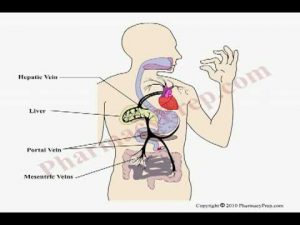
oral drug entering pathway
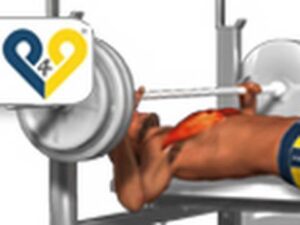
Chest Exercises: Bench Press
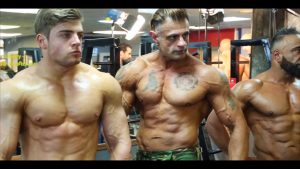
Definition Fitness Centre – 2017

Muscle Building Workout & Squats Video – 11

The Iodine-Estrogen Connection: MUST WATCH! Dr.Berg

HGH, Growth Hormones & Plant Hormones Video – 35

What Is The Definition Of Anaerobic Medical Dictionary Free Online
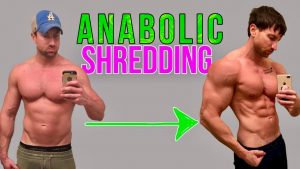
“What Is The Best Fat Loss Diet To Maintain Your Muscle?” (ANABOLIC SHREDDING!)

Hygiene And House Keeping Video – 2

Deltoid Front Raises-2

Osteoporosis: Bone Density Exam

Wall Sit Exercises With The 10 Stunning Health Benefits

Lateral Raises-2
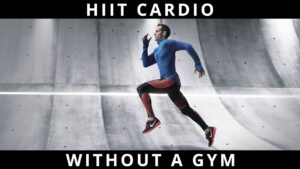
HIIT CARDIO | AT HOME | NO GYM | SPRINTS

Seated CONCENTRATION CURLS for BICEPS! (Hindi / Punjabi)

Fight Anemia Naturally by Eating These 7 Foods
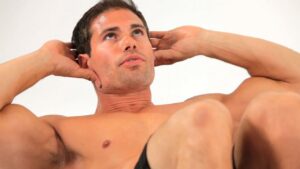
How to Do a Crunch | Ab Workout

Top Four Bodybuilding Supplements Worth Your Money @hodgetwins

Definition Fitness Strength & Performance Centre
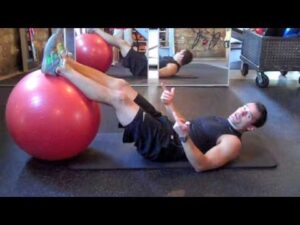
Swiss Ball Hamstring Curls

What natural ways to lower high cholesterol & triglycerides levels? – Ms. Ranjani Raman
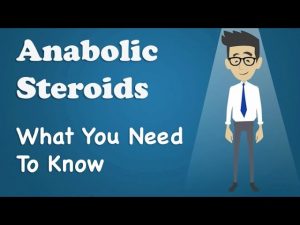
Anabolic Steroids – What You Need To Know

Best Means for Measuring Fitness Level & Body Composition. BMI, Skinfold Calipers, Hydro?

Overhead Press Dumbbells-2
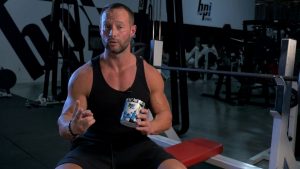
Benefits of a Creatine Supplement – Know Your Supps
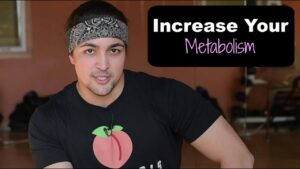
THE ONLY 2 MAJOR WAYS TO INCREASE YOUR METABOLISM (The Truth)

Identifying and Classifying Mineral Samples – Examples | Geology
